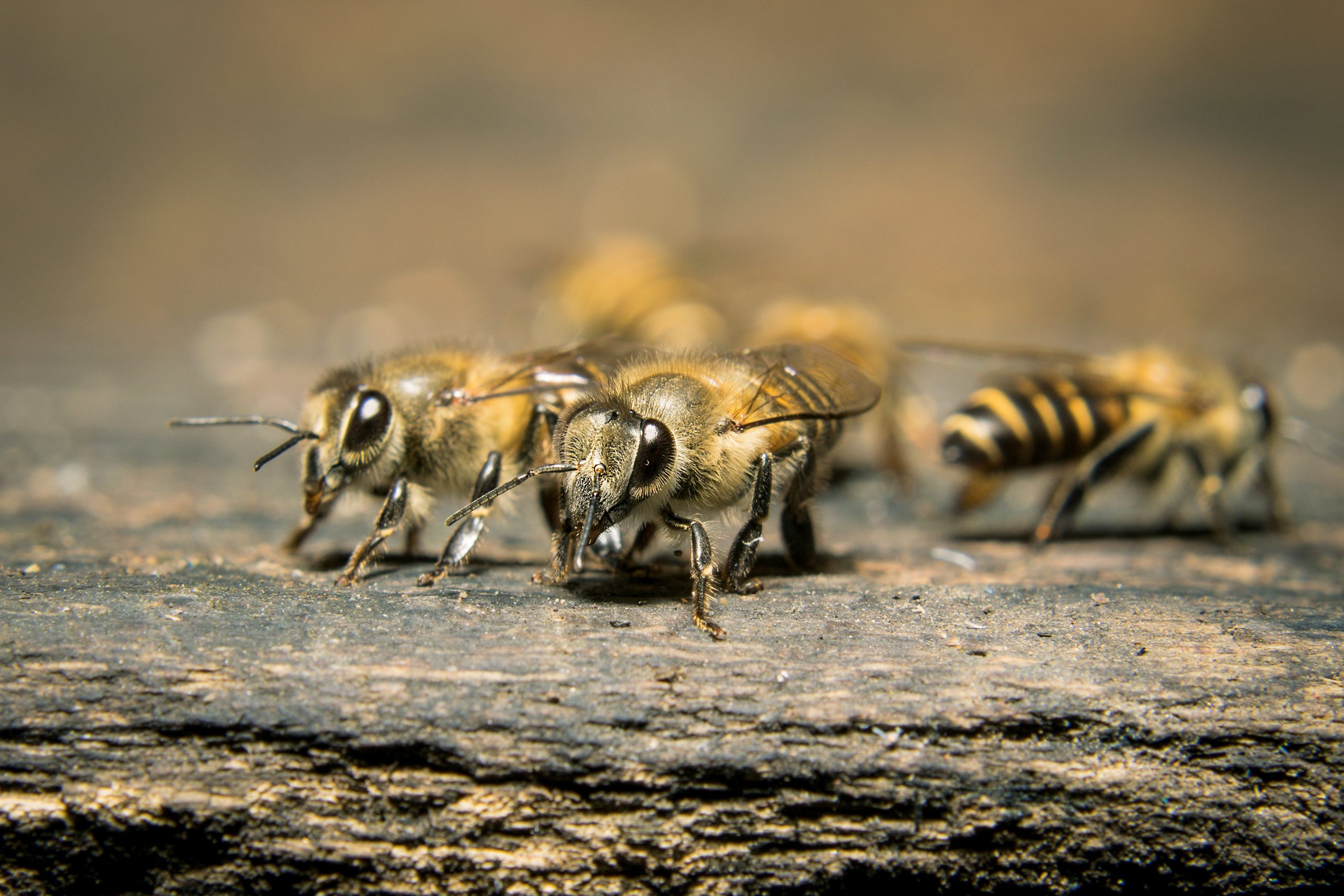Honeybees and Their Own Alarm System
April 07, 2016
Bee Colony Collapse, Honey Bees
All social animals have a method of communication with their group that danger is nearby: most emit sounds of some kind, some frequencies, and some even leave scents behind. According to the latest findings in a study by James Nieh—a professor of biology at the University of California—honeybees have a more sophisticated alarm system making them capable of naming very specific levels of threats. More specifically, a team of biologists from the US and China determined honeybees communicate danger via short vibration pulses, usually by head-butting their peers—different vibrations correspond with varying threats. With it already being known that bees are adaptive, this discovery only makes the fact of their intelligence even more solid.
These vibrational head-butting signals, which are called stop signals, are used by worker bees within the hive to “inhibit recruitment after being attacked near a food source.” Dr. Nieh has said of these signals: “Surprisingly, [these signals] encode the level of danger in vibrational frequency, pitch, and the danger context through the duration of each pulse.” The research built upon Nieh’s study confirms his original findings that honeybees use stop signals to keep fellow foragers from going back to dangerous spots, since unlike solitary creatures, honeybees heavily rely upon every other bee in the hive to ensure the survival of their colony and species (hence why they signal in the first place).
This new research, published in the journal PLOS Biology, confirmed Nieh’s study not just with European honeybees (the subjects of Nieh’s original study), but also with other honeybee species. It was documented with Asian honeybees (while in partnership with Ken Tan, a professor at the Chinese Academy of Science) that they used stop signals after being attacked by Asian green hornets or “yak-killer” wasps, the world’ largest hornet.
With consistency across honeybee species confirmed, Nieh has said, “We were surprised to find these Asian honeybees not only produced more stop signals, they also produced different kinds of stop signals.” Nieh had originally hypothesized that larger predators posing greater threats would change stop signals—allowing for specificity in this alarm system—only to find that not only do larger predators have specific stop signals, but they are higher pitched, while threats closer to the hive receive longer stop signals.
The level of sophistication within this alarm system cannot be understated—the vibrational specificities imply a level of language most people assume animals other than humans do not possess. It allows us to look at these pollinators and appreciate what it is they do as their means of survival. Nieh and his team, along with this new research, will hopefully give further understanding to help the honeybees during their current population crisis.


.jpg)



